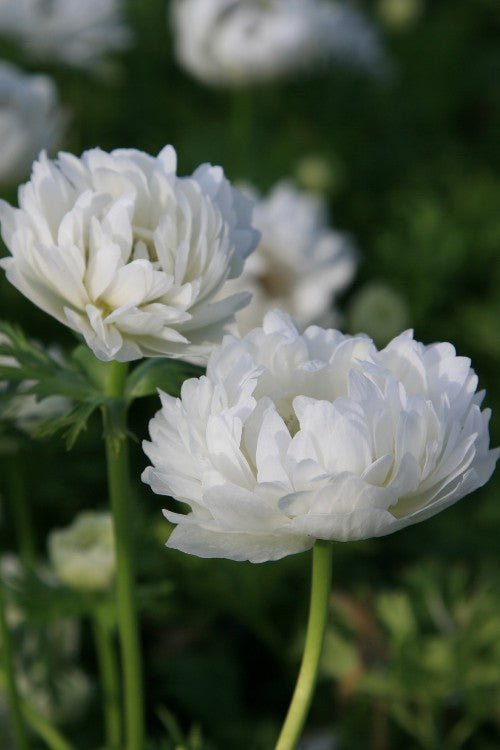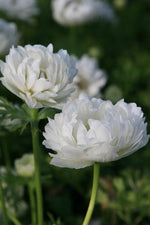
Mount Everest
599
About Mount Everest
Introduce your garden to the breathtaking beauty of the Anemone Mount Everest. This stunning flower is sure to make a statement in any outdoor space. With its large, white blooms and delicate petals, the Anemone Mount Everest is a true showstopper.
- Cute, white blooms
- Delicate, feathery petals that add texture to any garden
- Blooms in late spring and early summer
- Grows to a height of 12-14 inches, and has sturdy 10" stems
- This is a good plant for containers, borders and rock gardens
- Ideal for borders en rockeries
- Excellent as cut flower
How to care for Mount Everest
- Simply dig a hole in well-drained soil and plant the bulbs about 1 inch deep.
- Water the bulbs well after planting and keep the soil moist.
- These flowers prefer full sun to partial shade and should be fertilized every few weeks during the growing season.
- Keep the soil consistently moist, but not waterlogged.
- Deadhead the flowers as they begin to fade to encourage reblooming.
- In the fall, after the leaves have died back, cut back the foliage and store them indoors.
FAQs

